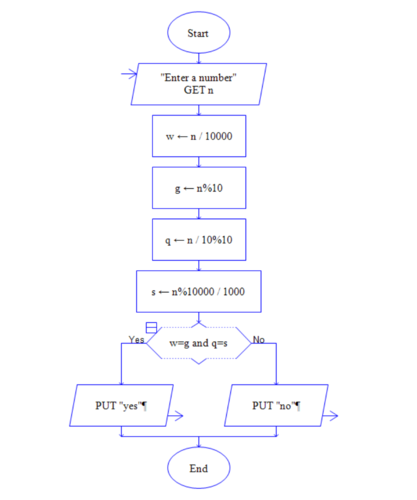Title: Introduction to TC Script Programming
TC script programming, also known as TestComplete script programming, is a crucial skill in the realm of software testing and automation. TestComplete is a comprehensive testing platform used for functional, regression, and GUI testing of software applications across various platforms. Mastering TC script programming empowers testers to automate test cases efficiently, ensuring the quality and reliability of software products. Let's delve into the essentials of TC script programming:
Understanding TC Scripting:
TC scripting involves writing scripts using TestComplete's scripting language, which is based on JavaScript. This language provides a rich set of features and functions tailored specifically for test automation. It enables testers to interact with application elements, perform actions, validate results, and control the testing process programmatically.
Key Concepts:

1.
Objects and Methods:
TestComplete represents application elements as objects. Testers use methods associated with these objects to perform actions like clicking buttons, entering text, selecting options, etc. Understanding the object hierarchy and available methods is crucial for effective scripting.
2.
Properties:
Objects in TestComplete have properties that describe their characteristics. Testers can access and manipulate these properties to verify the state of application elements during testing.
3.
Events and Handlers:
TestComplete allows testers to define event handlers to respond to specific events triggered during test execution. This feature enables dynamic and flexible test automation scenarios.
4.
Checkpoints and Assertions:
Checkpoints and assertions are essential for validating the correctness of application behavior. Testers use checkpoints to compare actual results with expected results and assert statements to halt test execution if conditions are not met.
5.
DataDriven Testing:
TestComplete supports datadriven testing, allowing testers to parameterize tests and execute them with different input data sets. This approach enhances test coverage and facilitates testing under various scenarios.
Best Practices:
1.
Modularization:
Break down test scripts into smaller, reusable modules to promote code maintainability and reusability. This modular approach simplifies script management and facilitates collaboration among team members.
2.
Error Handling:
Implement robust error handling mechanisms to gracefully handle unexpected situations during test execution. Proper error handling enhances script reliability and helps diagnose issues effectively.
3.
Logging and Reporting:
Incorporate logging and reporting mechanisms into test scripts to capture detailed execution logs and generate comprehensive test reports. Clear and informative reports facilitate result analysis and decisionmaking.
4.
Version Control:
Utilize version control systems like Git to manage script versions, track changes, and collaborate efficiently within the testing team. Version control ensures traceability and facilitates collaboration in multimember testing teams.
5.
Continuous Integration:
Integrate TestComplete scripts into continuous integration pipelines to automate the testing process as part of the software development lifecycle. Continuous integration ensures early detection of defects and promotes rapid feedback loops for developers.
Conclusion:
TC script programming is a valuable skill for testers seeking to automate software testing processes effectively. By mastering TC scripting concepts and best practices, testers can create robust and maintainable test automation scripts, contributing to the overall quality and reliability of software products. Continuous learning and handson practice are essential for honing TC scripting skills and staying abreast of evolving testing methodologies and technologies.
文章已关闭评论!
